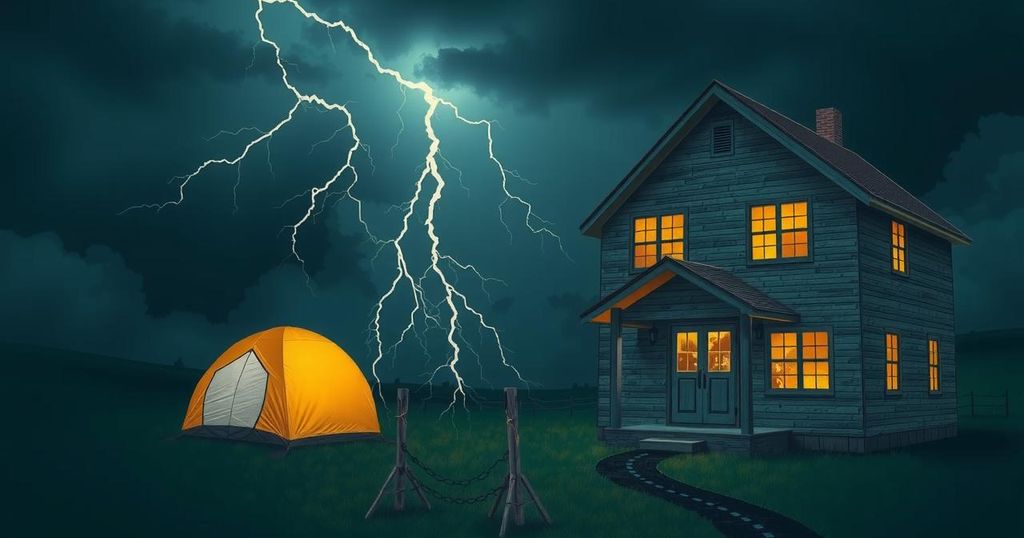Preparing for Increasing Hurricane Intensity: Safety Guidelines and Expert Insights

As the southern United States recovers from Hurricane Helene, the National Oceanic and Atmospheric Administration warns of future storms in an unprecedented hurricane season. With up to 24 named storms anticipated, experts stress the importance of preparation and safety measures. Rising ocean temperatures due to climate change contribute to more intense hurricanes, necessitating community vigilance and adherence to safety warnings to protect lives and property.
As the aftermath of Hurricane Helene continues to devastate the southern regions, attention is drawn to the impending storms gaining potency in the Atlantic. This hurricane season, the National Oceanic and Atmospheric Administration (NOAA) has projected the emergence of up to 24 named storms, with as many as seven potentially escalating into significant hurricanes. Presently, eight named storms have already occurred. With hurricane season extending through November 30th, experts emphasize the importance of readiness to ensure the safety of individuals and their families. Historical milestones, such as Hurricane Beryl, which became the earliest recorded category five hurricane in the Atlantic this July, spotlight the alarming frequency and intensity of major storms. Climate experts, including University of Rhode Island Oceanographer Isaac Ginis, assert that warmer ocean temperatures, a consequence of climate change, are closely tied to the rising intensity of hurricanes. “Even if we stop emitting carbon dioxide today, it will take 10, 15 years for the climate to get back, back to normal,” stated Ginis. The possibility of prolonged global temperature increases underscores the need for more accurate meteorological forecasting as higher ocean temperatures contribute to more powerful hurricanes. Moreover, Ginis warns that slow-moving hurricanes, regardless of their category, can inflict significant flooding damage. “Six inches of water can knock down an adult or two feet of moving water can essentially sweep away a vehicle,” he cautioned, underscoring the necessity for public vigilance. To safeguard families during such events, Ginis recommends proactive preparations before storms, remaining indoors during the storms, and ensuring an adequate supply of necessities afterward. He emphasized, “There is no reason and justification to die during the storm these days. They just need to heed the warning and listen to the forecasters.” To equip yourself and your family for future storms, it is advisable to consult resources such as http://www.ready.gov/ for guidelines on home and business preparedness. Additionally, downloading the FEMA app may offer personalized disaster preparedness resources.
The increased frequency and intensity of hurricanes in the Atlantic are correlated with rising sea temperatures influenced by climate change. With the current hurricane season posing significant risks through to the end of November, understanding and preparing for these potential disasters is critical. Experts have noted that future storms could be more severe due to the climate crisis, prompting calls for better preparation measures and public adherence to safety warnings.
In summary, individuals and families must prioritize storm preparedness as hurricane season approaches its peak. The insight provided by experts on the relationship between climate change and hurricane intensity, as well as practical safety measures, underscores the critical need for proactive action in safeguarding lives and property. Attention to advanced meteorological forecasting can also enhance preparedness efforts, allowing communities to effectively respond to natural disasters.
Original Source: www.walb.com






